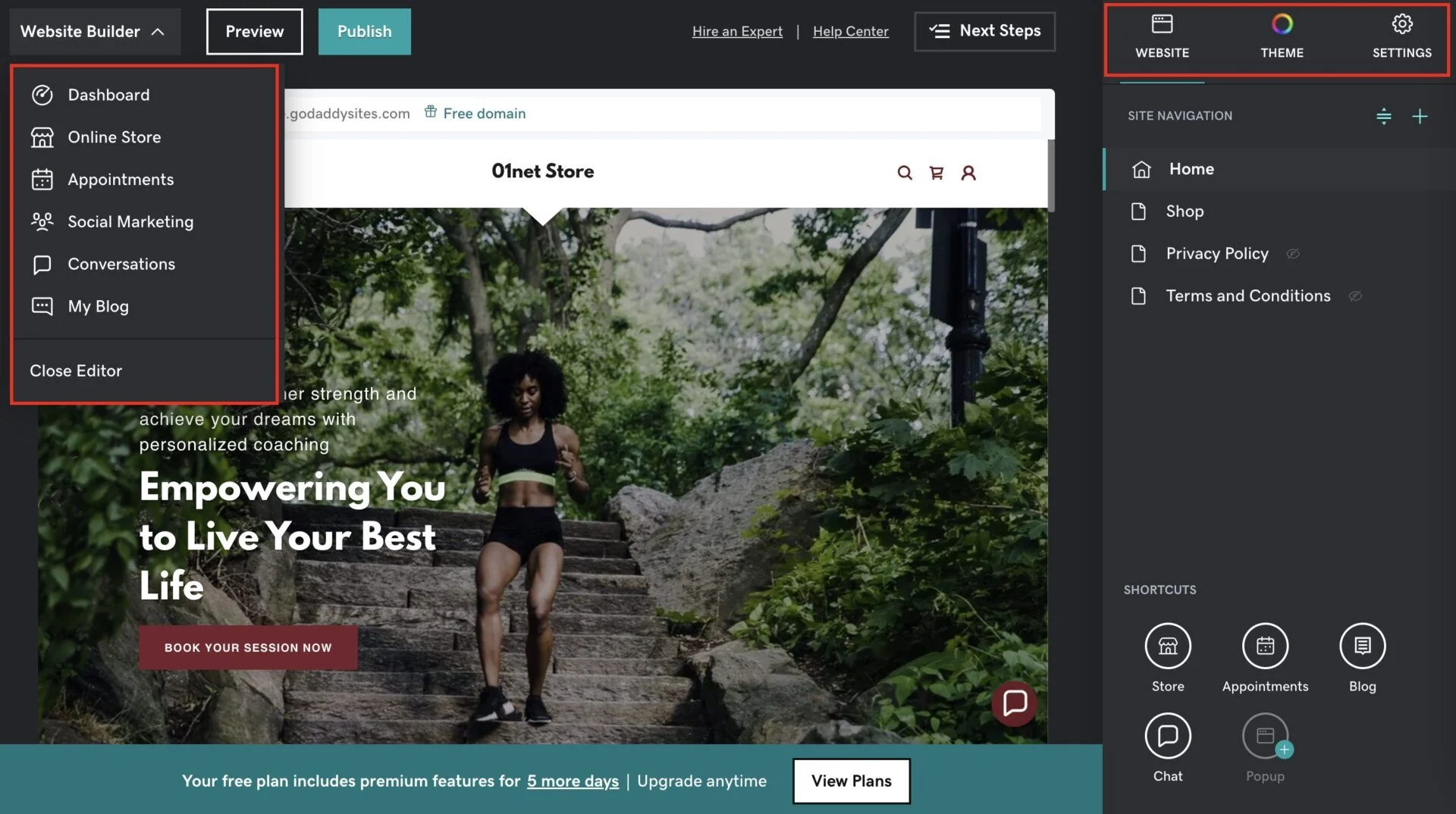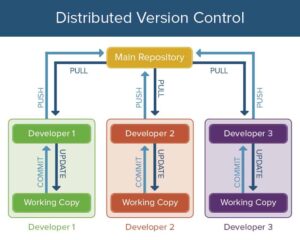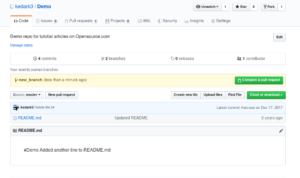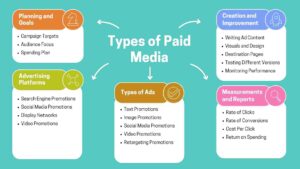Introduction
Building a website has become an essential skill in today’s digital world. Whether you are starting a personal blog, creating an online store, or building a corporate website, having an online presence is crucial. One of the most popular and user-friendly platforms to build a website is GoDaddy. If you are wondering how to build a website on GoDaddy, you have come to the right place.
GoDaddy is known for its intuitive website builder, reliable hosting services, and domain management. This comprehensive guide will walk you through the entire process of building a website on GoDaddy, from registration to customization and publishing.
Why Choose GoDaddy for Your Website?
GoDaddy is one of the largest web hosting and domain registration companies in the world. It offers a range of services that make website building straightforward and efficient.
Key Benefits of Using GoDaddy
- User-Friendly Interface: No coding required; drag-and-drop functionality.
- Affordable Pricing: Competitive packages for both personal and business websites.
- Built-In SEO Tools: Enhance your site’s visibility on search engines.
- 24/7 Customer Support: Get assistance anytime you need.
- Integrated E-Commerce Options: Ideal for building online stores.
How to Build a Website on GoDaddy: Step-by-Step Guide
Step 1: Sign Up for a GoDaddy Account
- Go to GoDaddy’s official website.
- Click on Sign In and choose Create an Account.
- Fill in the necessary information, or sign in with Google or Facebook.
- Complete the registration process.
Step 2: Choose Your Domain Name
Your domain name is your website’s address on the internet. GoDaddy makes it easy to search for and register a domain.
Tips for Choosing a Domain:
- Keep it short and memorable.
- Avoid special characters or numbers.
- Use relevant keywords related to your business.
How to Register Your Domain:
- Enter your desired domain in the search bar.
- If available, add it to your cart.
- Choose the registration length and additional features like domain privacy.
- Complete the purchase.
Step 3: Select a Website Builder Plan
GoDaddy offers various plans, including personal, business, and e-commerce options.
Recommended Plans:
- Basic: Suitable for personal websites or blogs.
- Standard: Ideal for small businesses.
- E-Commerce: Best for online stores with product listings.
Step 4: Pick a Template
GoDaddy offers numerous templates tailored to different industries.
Tips for Choosing a Template:
- Choose a template that matches your brand aesthetic.
- Look for customizable features.
- Ensure it’s mobile-friendly.
Step 5: Customize Your Website
Once you select a template, it’s time to personalize your site.
Key Customization Options:
- Text and Images: Add and edit text blocks, upload images, and include your logo.
- Pages: Create pages like Home, About Us, Services, and Contact.
- Navigation: Arrange pages in a logical order.
- Colors and Fonts: Match your branding.
- Plugins and Widgets: Add contact forms, social media links, and more.
Step 6: Optimize for SEO
To ensure your website ranks well on Google, follow these optimization tips:
On-Page SEO:
- Add meta tags and descriptions.
- Optimize image alt texts.
- Use keyword-rich content.
Technical SEO:
- Ensure fast loading speed.
- Make your site mobile-friendly.
- Use HTTPS for secure browsing.
Step 7: Preview and Publish
Before publishing, preview your website to check for any errors or formatting issues.
Final Checklist:
- Proofread all content.
- Test functionality on mobile and desktop devices.
- Check internal and external links.
Step 8: Launch Your Website
Once you are satisfied, click on the Publish button. Your website is now live!
Maintaining Your GoDaddy Website
After launching, it’s crucial to keep your website updated and optimized.
Regular Maintenance Tips:
- Content Updates: Add fresh content regularly.
- Security Checks: Install SSL certificates and update plugins.
- Performance Monitoring: Use Google Analytics to track visitors.
Troubleshooting Common Issues:
- Site Not Loading: Check your hosting plan and DNS settings.
- Broken Links: Regularly audit and fix link issues.
- Slow Loading Speed: Compress images and use caching tools.
Conclusion
Learning how to build a website on GoDaddy is a valuable skill for anyone looking to establish an online presence. The platform’s ease of use, customizable templates, and integrated features make it an excellent choice for both beginners and seasoned web developers.
By following the steps outlined in this guide, you can create a professional and attractive website that meets your personal or business needs. Start building your website on GoDaddy today and showcase your brand to the world!







